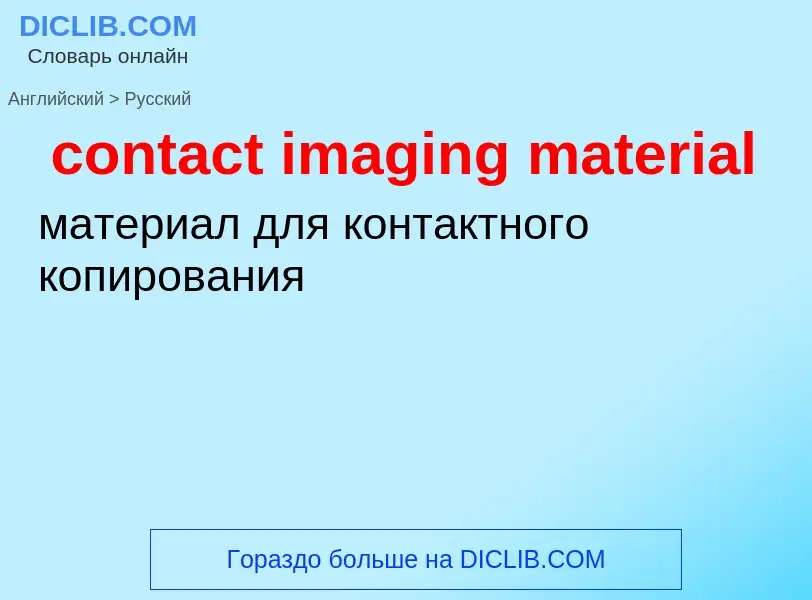Vertaling en analyse van woorden door kunstmatige intelligentie ChatGPT
Op deze pagina kunt u een gedetailleerde analyse krijgen van een woord of zin, geproduceerd met behulp van de beste kunstmatige intelligentietechnologie tot nu toe:
- hoe het woord wordt gebruikt
- gebruiksfrequentie
- het wordt vaker gebruikt in mondelinge of schriftelijke toespraken
- opties voor woordvertaling
- Gebruiksvoorbeelden (meerdere zinnen met vertaling)
- etymologie
contact imaging material - vertaling naar russisch
Definitie
Wikipedia
 versus X-ray microtomography (X-ray μCT) of a Lego minifigure - 1-s2.0-S2949673X22000018-gr4 lrg.jpg?width=120)
Imaging is the representation or reproduction of an object's form; especially a visual representation (i.e., the formation of an image).
Imaging technology is the application of materials and methods to create, preserve, or duplicate images.
Imaging science is a multidisciplinary field concerned with the generation, collection, duplication, analysis, modification, and visualization of images, including imaging things that the human eye cannot detect. As an evolving field it includes research and researchers from physics, mathematics, electrical engineering, computer vision, computer science, and perceptual psychology.
Imagers are imaging sensors.

![Comparison of two imaging modalities—[[optical tomography]] (A, C) and [[computed tomography]] (B, D)—as applied to a [[Lego minifigure]] Comparison of two imaging modalities—[[optical tomography]] (A, C) and [[computed tomography]] (B, D)—as applied to a [[Lego minifigure]]](https://commons.wikimedia.org/wiki/Special:FilePath/Comparison of optical light Kitchen-Based Light Tomography (KBLT) versus X-ray microtomography (X-ray μCT) of a Lego minifigure - 1-s2.0-S2949673X22000018-gr4 lrg.jpg?width=200)
![In 1888, [[Adolf Gaston Eugen Fick]] was the first to successfully fit contact lenses, which were made from blown glass In 1888, [[Adolf Gaston Eugen Fick]] was the first to successfully fit contact lenses, which were made from blown glass](https://commons.wikimedia.org/wiki/Special:FilePath/Adolf Fick-adjust.png?width=200)






![Leonardo's]] method for neutralizing the refractive power of the cornea Leonardo's]] method for neutralizing the refractive power of the cornea](https://commons.wikimedia.org/wiki/Special:FilePath/Davinci.jpg?width=200)
![Dracula]]'' (1958) in one of the first uses of contact lens with makeup in films Dracula]]'' (1958) in one of the first uses of contact lens with makeup in films](https://commons.wikimedia.org/wiki/Special:FilePath/Dracula 1958 c.jpg?width=200)


![[[Otto Wichterle]] (pictured) and [[Drahoslav Lím]] introduced modern soft hydrogel lenses in 1959. [[Otto Wichterle]] (pictured) and [[Drahoslav Lím]] introduced modern soft hydrogel lenses in 1959.](https://commons.wikimedia.org/wiki/Special:FilePath/Prof. Ing. RTDr. Otto Wichterle.jpg?width=200)

